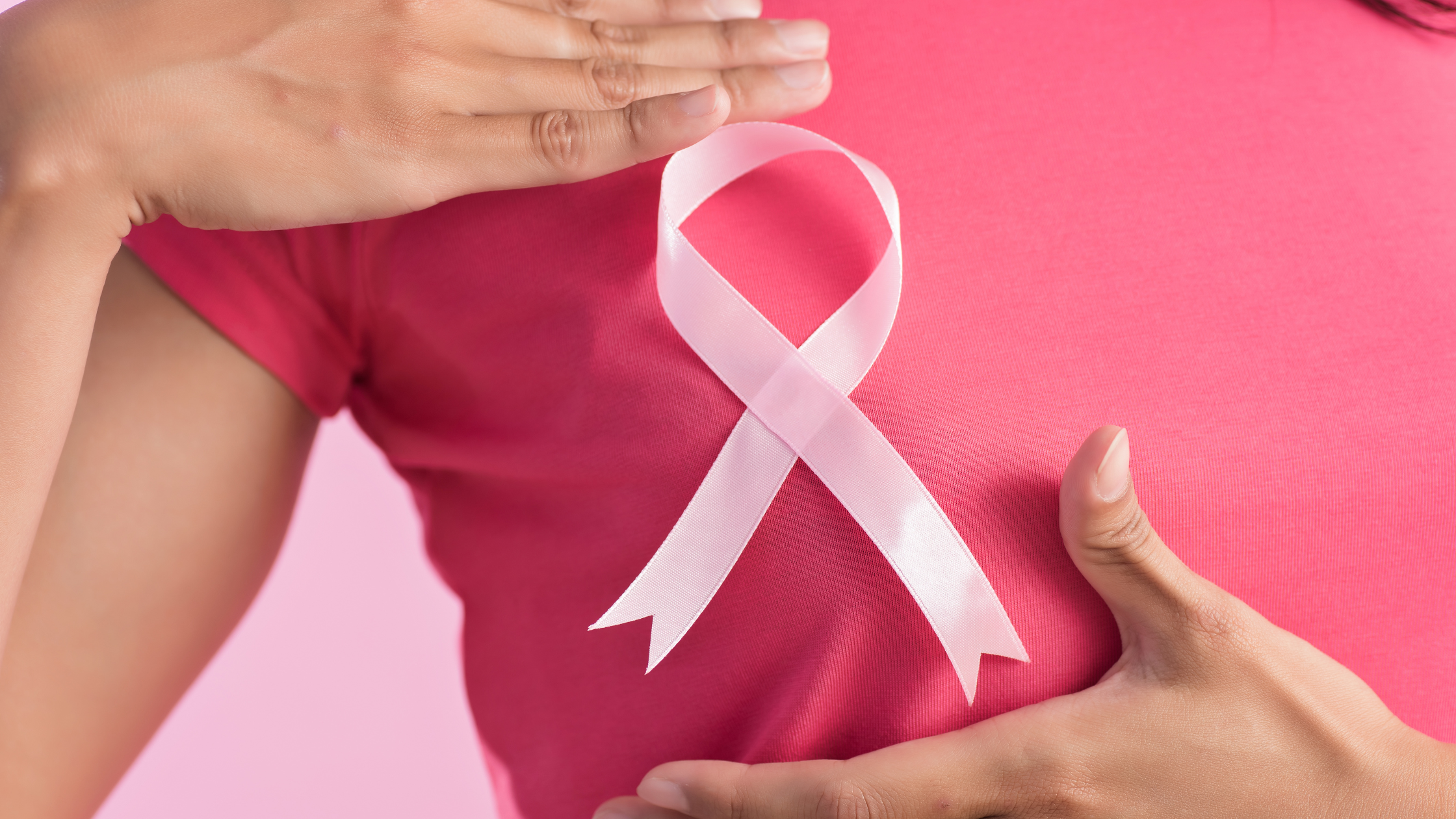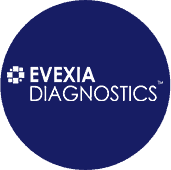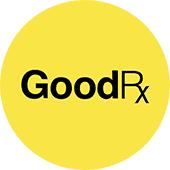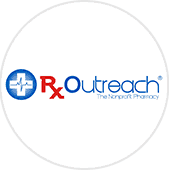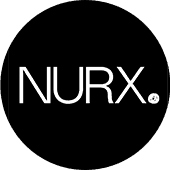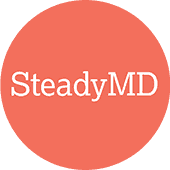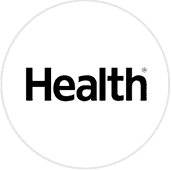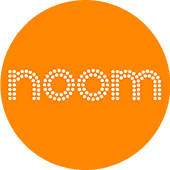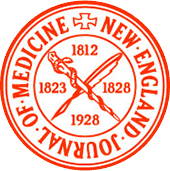Breast cancer is the second most diagnosed cancer in women, affecting an estimated one in every eight females in the U.S.[*] Although this disease is most often found in women, about one in every 100 breast cancers in the U.S. is diagnosed in men.[*]
The Importance of Early Detection
With rates this high, undergoing screening exams for early breast cancer detection is key. This is especially true considering breast cancer doesn’t typically cause symptoms (such as a lump that can be felt) until it enters more advanced stages.
Conversely, breast cancers found during screening exams are more likely to be smaller (not detectable by touch alone) and confined to the breast. The earlier breast cancer is detected, the more effective treatment is expected to be.
In light of October being Breast Cancer Awareness Month, we’re dedicating this article to the early detection of breast cancer. We’ll be covering early detection methods, how each works, their efficacy at detection, and the national recommendations for when you should undergo screening.
Here’s what you need to know.
Early Detection Methods for Breast Cancer
Early detection involves tests that use imaging to see inside breast tissue. The most common tests include:
Mammogram
A mammogram is a scan that uses low-dose X-rays to take an image of the breast. It’s the most common test doctors use to find early signs of breast cancer.
To complete a mammogram, the person will stand in front of a special X-ray machine that flattens the breast tissue using two plates. With the breast flattened, the machine will take images of the breast from various angles. The process is then repeated for the other breast.
Overall, the sensitivity of mammography is about 87 percent.[*] This means a mammogram correctly identifies about 87 percent of women who have breast cancer.
If an abnormality is found on a screening mammogram, your doctor may recommend a diagnostic mammogram to further evaluate that abnormality.
Ultrasound
A breast ultrasound uses sound waves to produce images of the tissue inside your breasts. For this procedure, a healthcare provider will move a wand-like device called a transducer over your breast to produce the images.
Recent studies have found that ultrasound is almost as effective at detecting breast cancer as mammography, however, the images produced during ultrasounds may overlook some of the smaller masses and calcifications that are typically detected using mammograms.[*] Research also shows that ultrasounds may lead to more false positives in breast cancer detection.[*]
For these reasons, ultrasounds are not usually used as the first breast screening technique. Instead, ultrasounds are typically most useful when a change has been detected on a mammogram or a lump is felt by physical examination.[*] Ultrasounds are also often done on people with dense breast tissue.
Unlike mammography, ultrasounds don’t use radiation, so they may be more suitable for people who are 25 or younger or pregnant.
Magnetic Resonance Imaging (MRI)
An MRI produces very detailed images of the breast tissue using radio frequencies and magnets.
Before the test, a healthcare provider may inject a contrast substance into the person’s arm, which allows the machine to take a more detailed image.
To begin this test, the person will lay on their back on a table and be moved into the MRI machine, which is a large tube. The machine will begin taking sets of images, with the whole test taking about 30 to 45 minutes.
Screening with MRI finds breast cancers at an earlier stage than mammograms, but this benefit may come with the risk of more false-positive results.[*][*]
As such, MRI is typically reserved for further evaluation of abnormalities detected by mammography. It may also be used for people who are 25 or younger or pregnant, as it doesn’t use radiation.
Other Tests
While the above tests are most commonly used, there are a number of new, experimental tests that are sometimes used in conjunction with more traditional testing methods, such as mammography.
- Thermography: A special camera is used to measure the skin’s temperature on the surface of the breast. The theory behind this test is that if cancer is growing in the breast, blood flow and metabolism increase in the area, which increases the skin temperature. While non-invasive and radiation-free, thermography is not cleared by the FDA as a substitute for a mammogram.[*]
- Breast tomosynthesis: Also called three-dimensional (3-D) mammography, breast tomosynthesis is an advanced form of mammography that uses X-rays and computer reconstructions to create three-dimensional images of the breasts. While breast tomosynthesis is still being tested, it appears to find more breast cancers than regular mammography. Several studies also suggest it can be helpful in women with more dense breasts.[*]
- Molecular breast imaging (MBI): This test uses a radioactive tracer and a special camera to take pictures of the breast tissue. MBI is still being tested, but it shows promise for detecting breast cancer in women with dense breasts and who are at higher-than-average risk for the disease.[*]
Who Should Be Screened?
Guidelines for when to start breast cancer screening vary depending on a person’s age and risk factors.
For women who have an average risk of developing breast cancer, the American Cancer Society recommends the following guidelines:[*]
- Women ages 40-44: Recommended annual mammogram for those at higher risk of developing the disease. Women with average risk may also have the option of an annual mammogram.
- Women ages 45-54: Recommended to get a yearly mammogram.
- Women 55 and older: Recommended to get a mammogram every two years (or continue yearly screening if at high risk).
Screening guidelines may differ for a person with risk factors, such as a BRCA1 or BRCA2 genetic mutation or a family or personal history of breast cancer.
Mammograms are not routinely offered to men, as their risk is much lower, and the test may be challenging to perform due to a lack of breast tissue. However, mammography may be recommended for men with a genetic mutation that increases their risk.[*]
Breast Cancer Screening Can Save Lives
Everyone should familiarize themselves with the feel of their breasts and chest wall tissue. This way, you can notice abnormal lumps or changes.
That being said, the goal of breast cancer screening is to catch cases before any symptoms (like noticeable lumps) develop. Remember, the earlier breast cancer is detected, the more treatable it is.
So use this as a friendly reminder to get your preventive care screenings, including mammograms.
And if you’re looking for a way to stay on top of your preventative care, consider becoming a Knew Health member. Our members receive support to manage routine screenings (such as breast cancer screenings) and preventive care.
We effectively manage costs through price transparency and medical cost sharing, ensuring you get the best quality care and the most reasonable rates.
Disclaimer: This information is being provided to you for educational and informational purposes only. It is being provided to educate you about how to take care of your body and as a self-help tool for your own use so that you can reach your own health goals. It is not intended to treat or cure any specific illness and is not to replace the guidance provided by your own medical practitioner. This information is to be used at your own risk based on your own judgment. If you suspect you have a medical problem, we urge you to take appropriate action by seeking medical attention.

